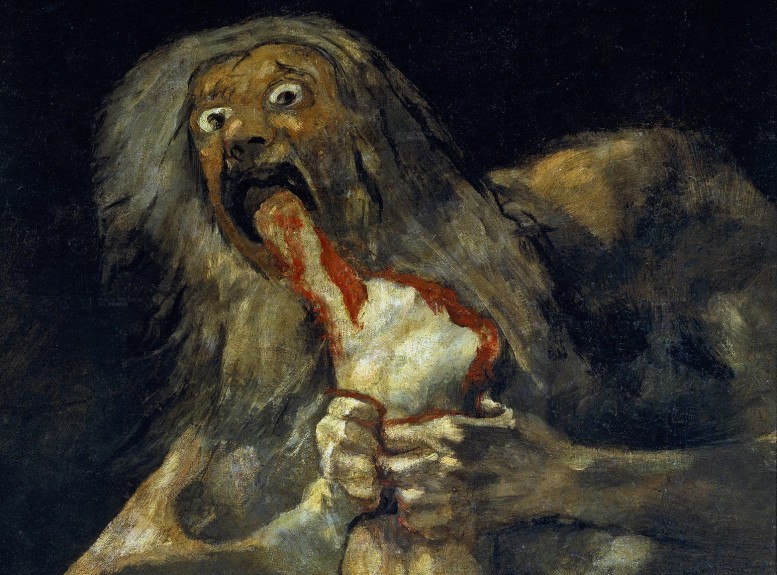As Milan Kundera writes in The Book of Laughter and Forgetting (1979), “the first step in liquidating a people is to erase its memory. Destroy its books, its culture, its history… The struggle of man against power is the struggle of memory against forgetting.” The artists in this exhibition are concerned with remembering, reconstructing, reimagining, and restoring. Part 1 of The Struggle of Memory focuses on how memories are embodied, presenting artworks that probe in different ways how the body absorbs, processes, stores, and recalls experiences. Part 2 explores how memories are inscribed, bringing together artworks that draw our attention to the traces of history in the natural and built environment while proposing alternative, sometimes subversive strategies of looking at the past. The show, curated by Kerryn Greenberg, features work by Wangechi Mutu, Kara Walker, Samuel Fosso, Anawana Haloba, Mohamed Camara, Berni Searle, Lebohang Kganye, Toyin Ojih Odutola, and Mikhael Subotzky.
Part 1 is on view through September 18th; part 2 is on view October 6th through March 11th at PalaisPopulaire, Unter den Linden 5, 10117 Berlin.










